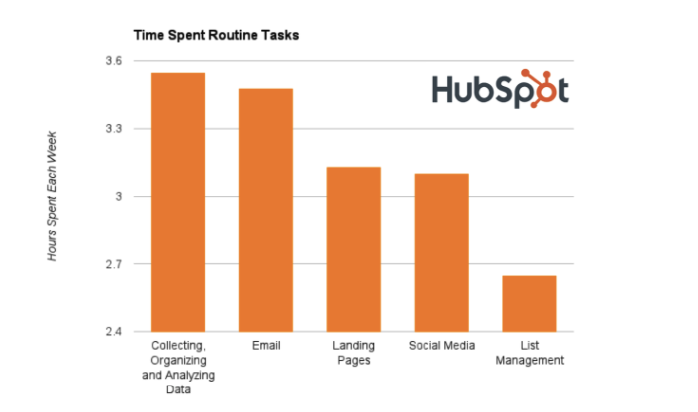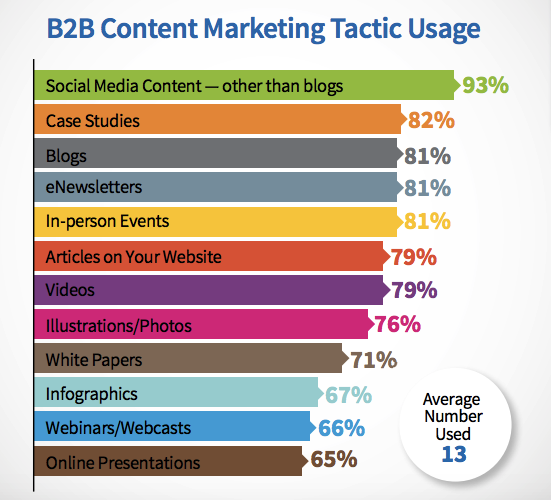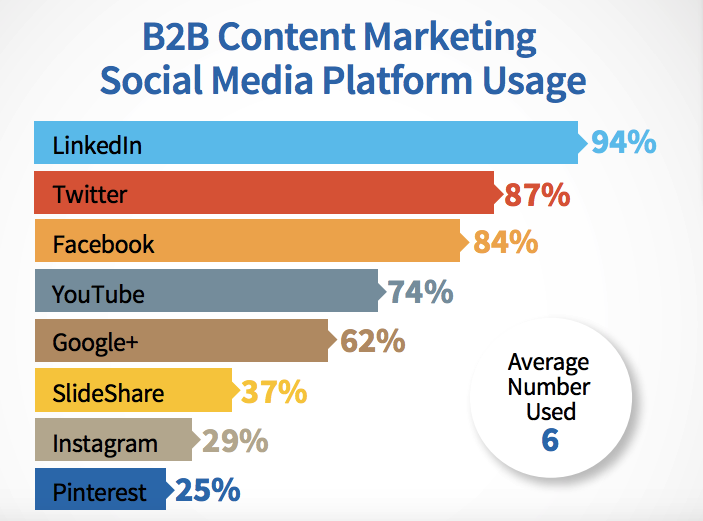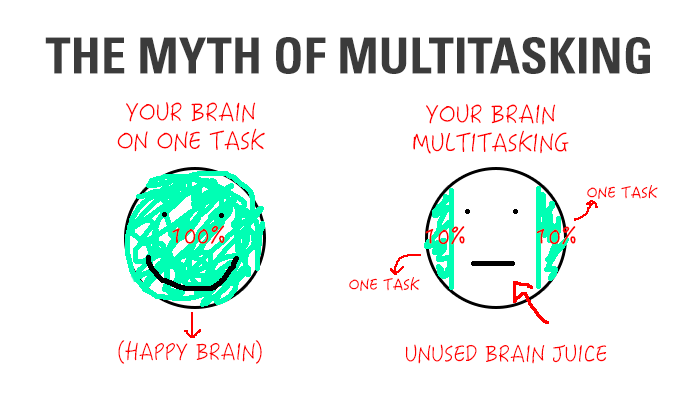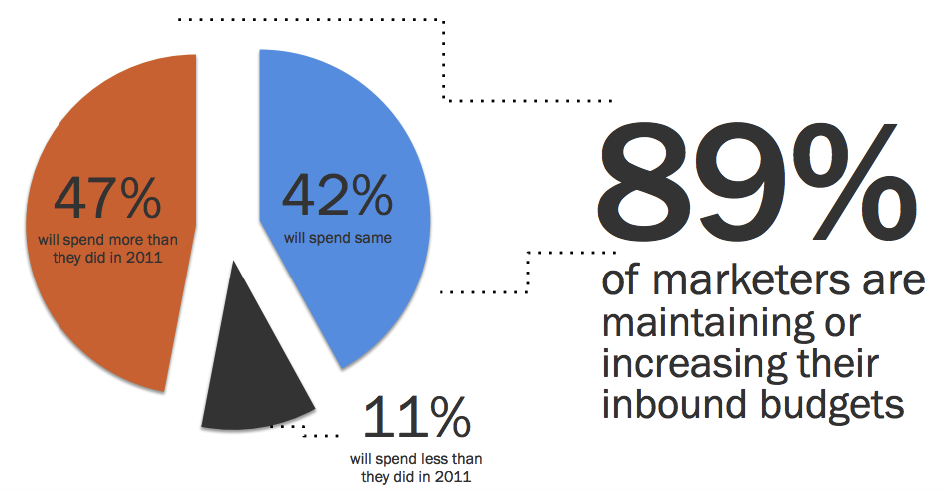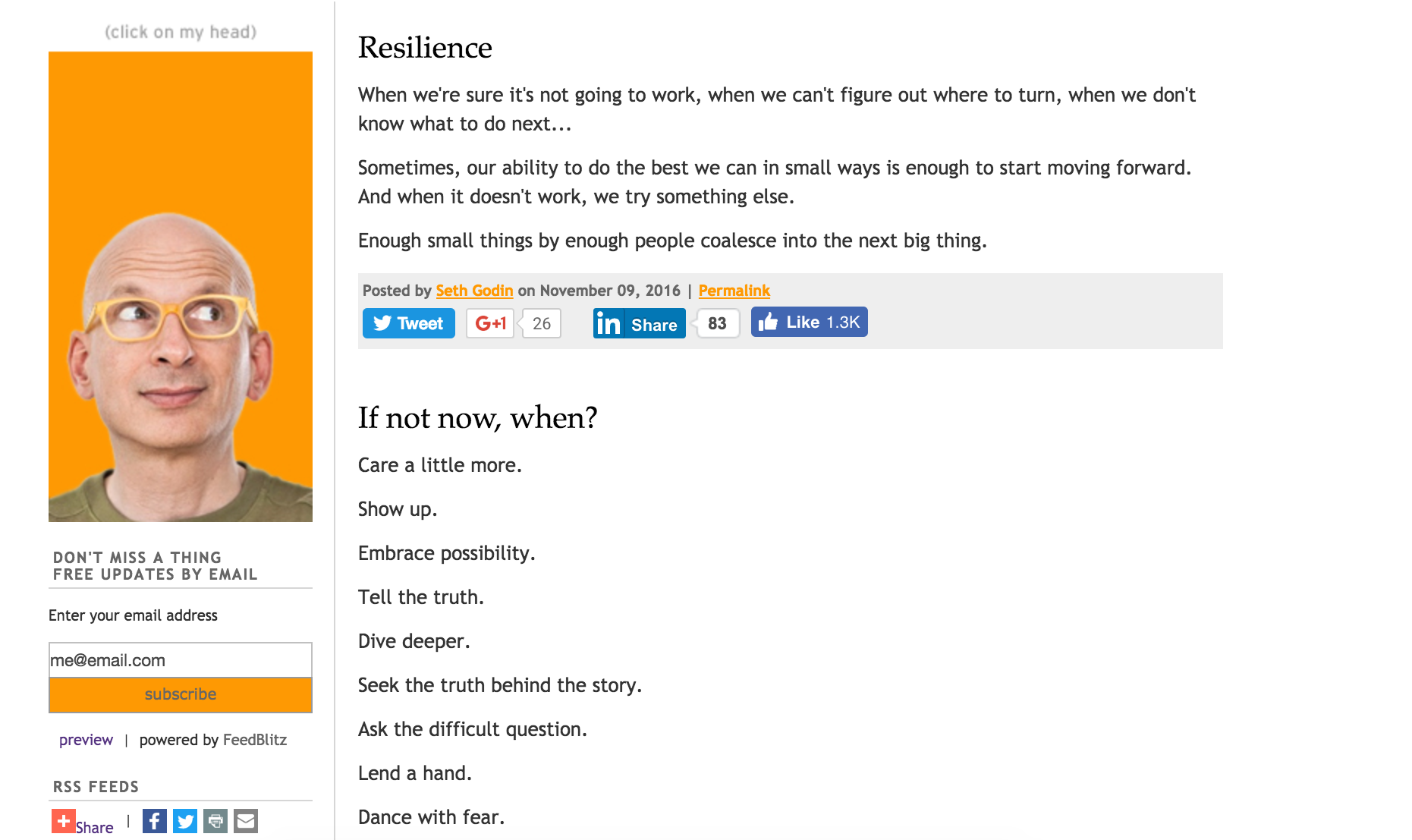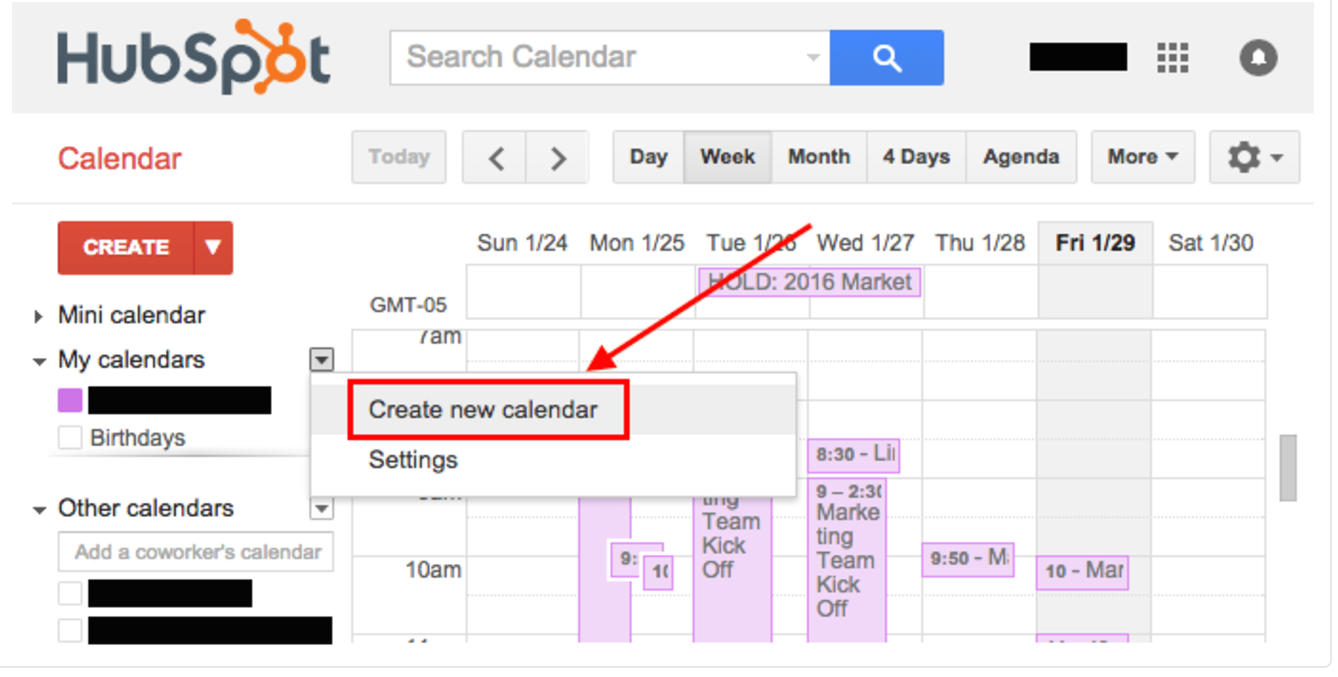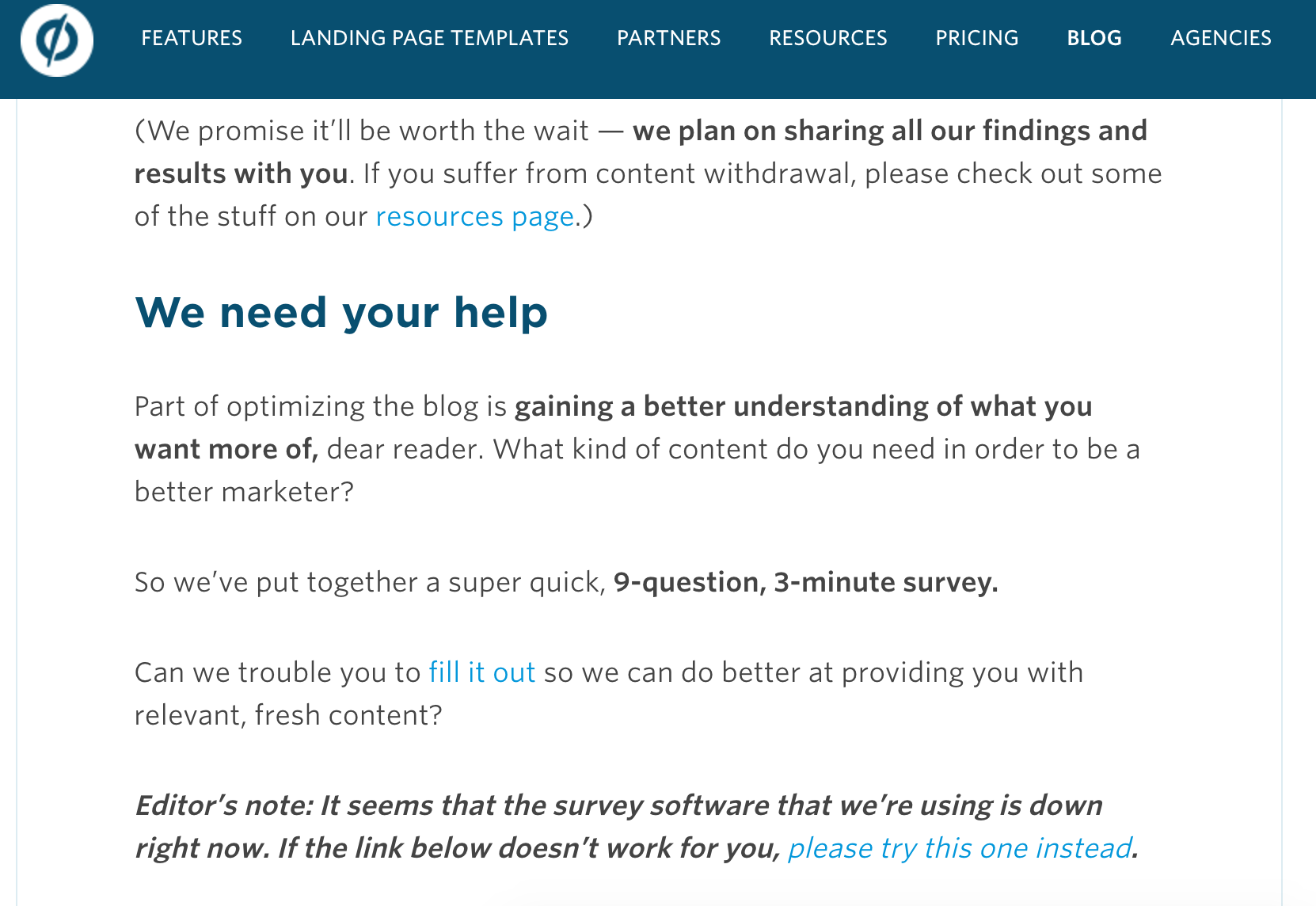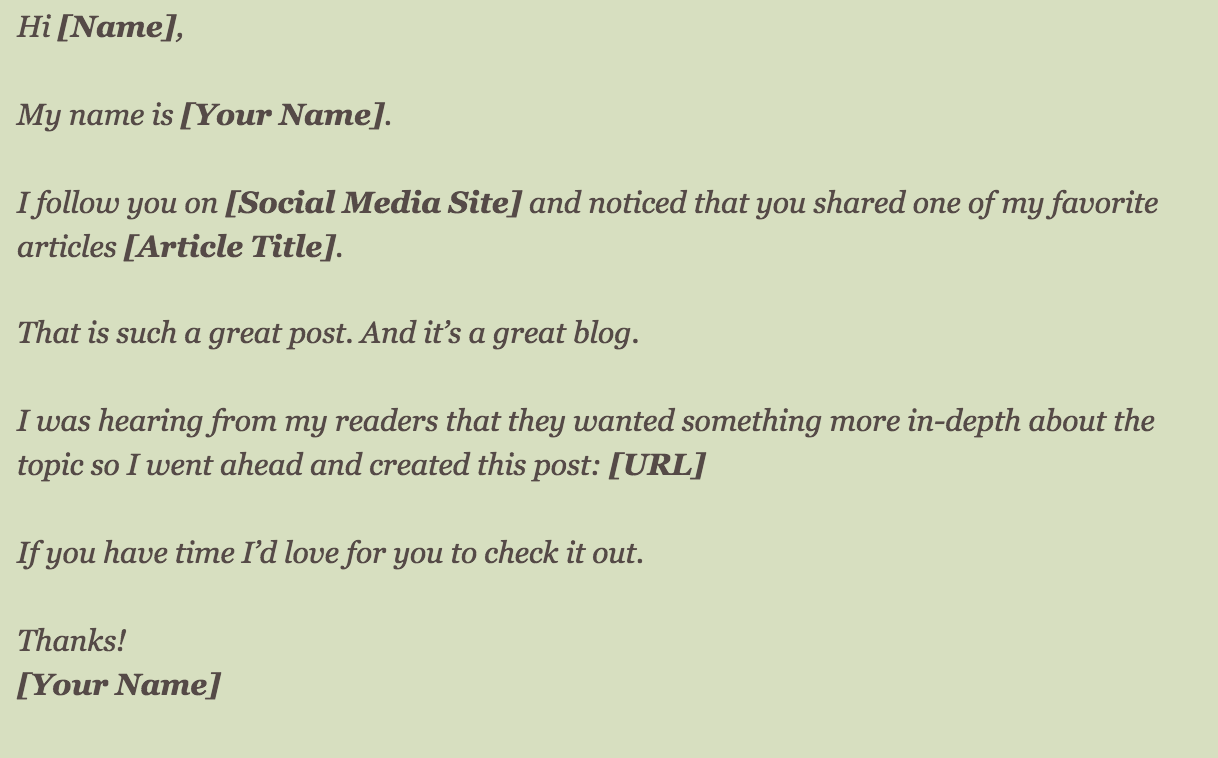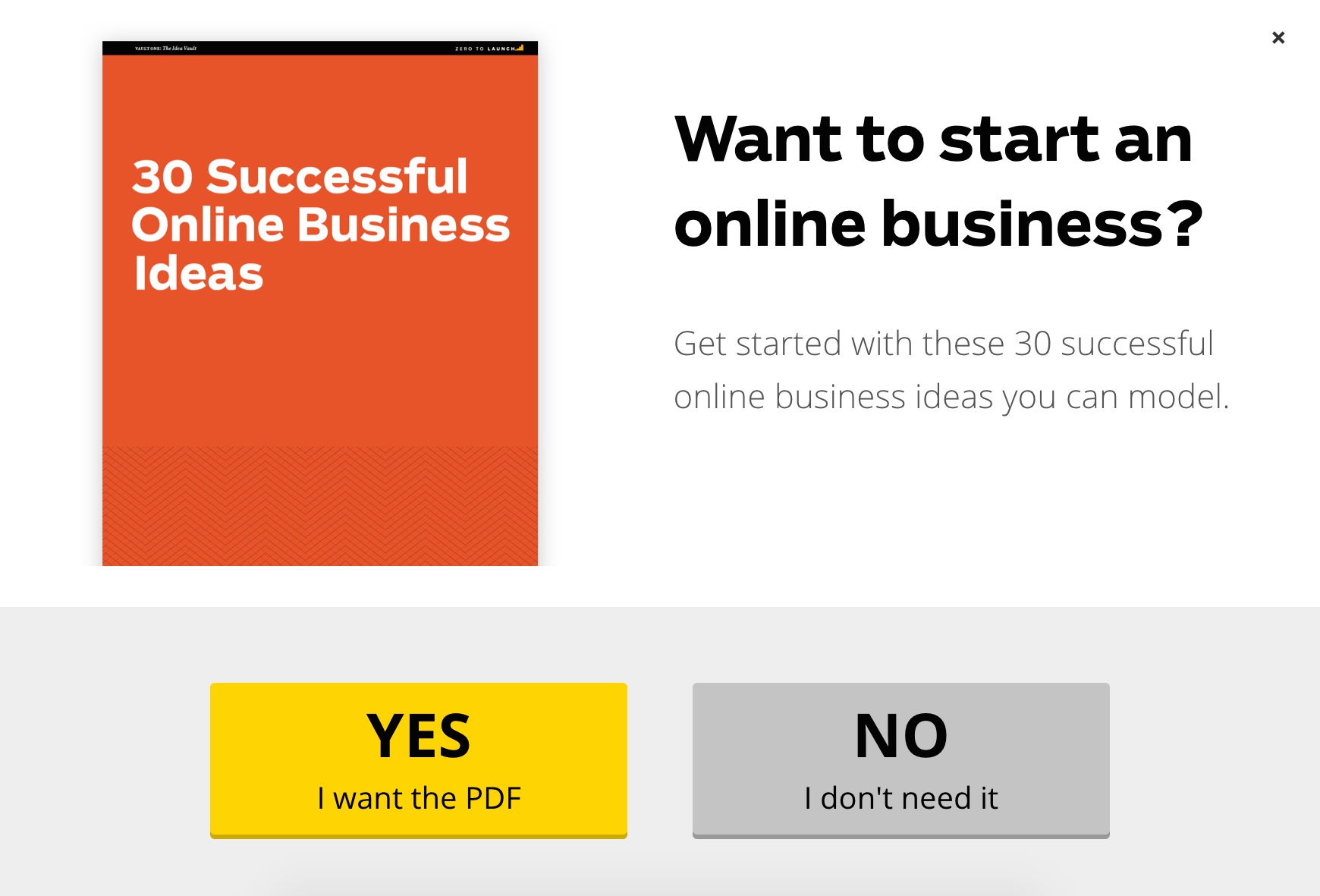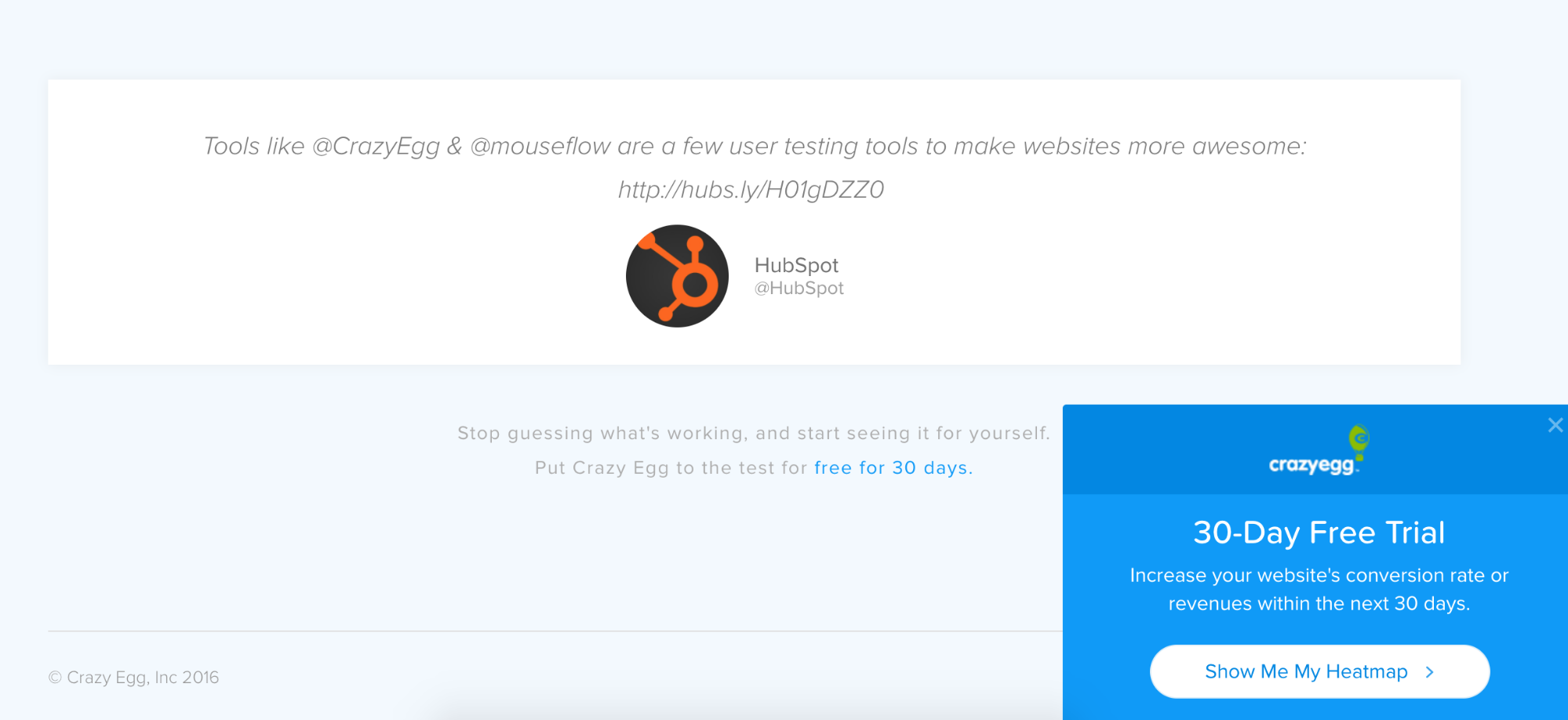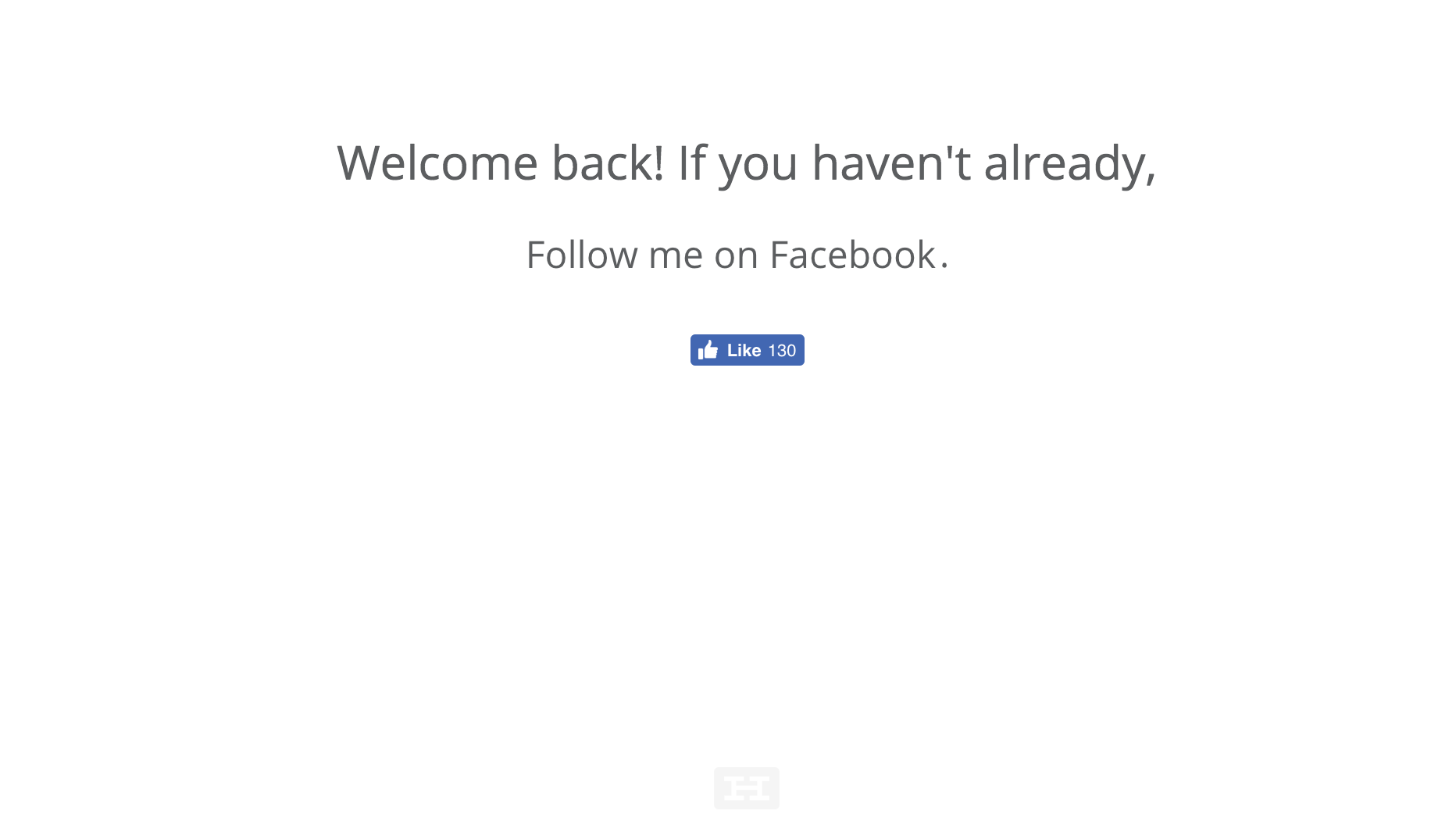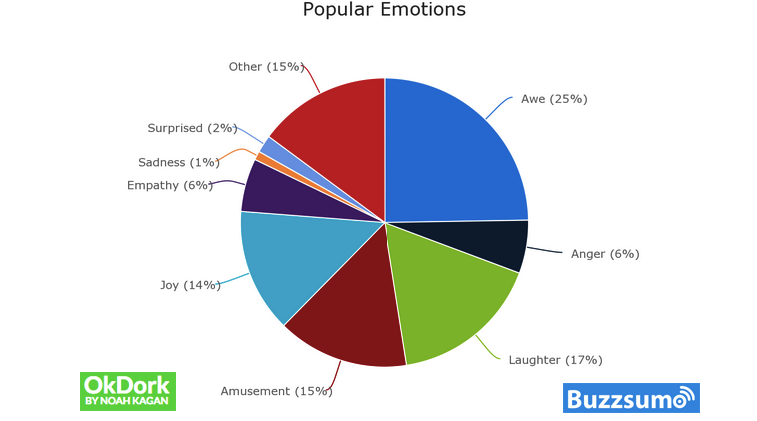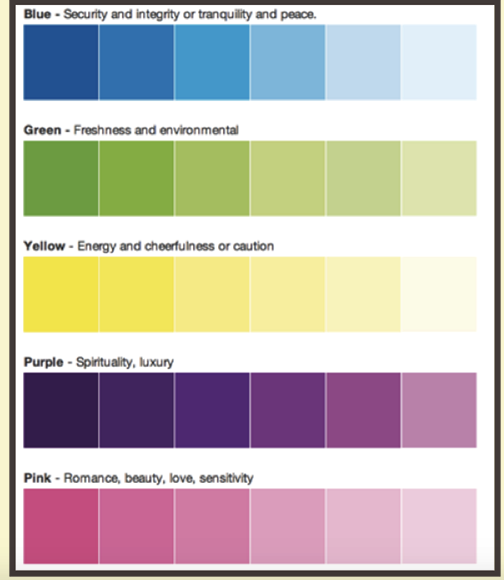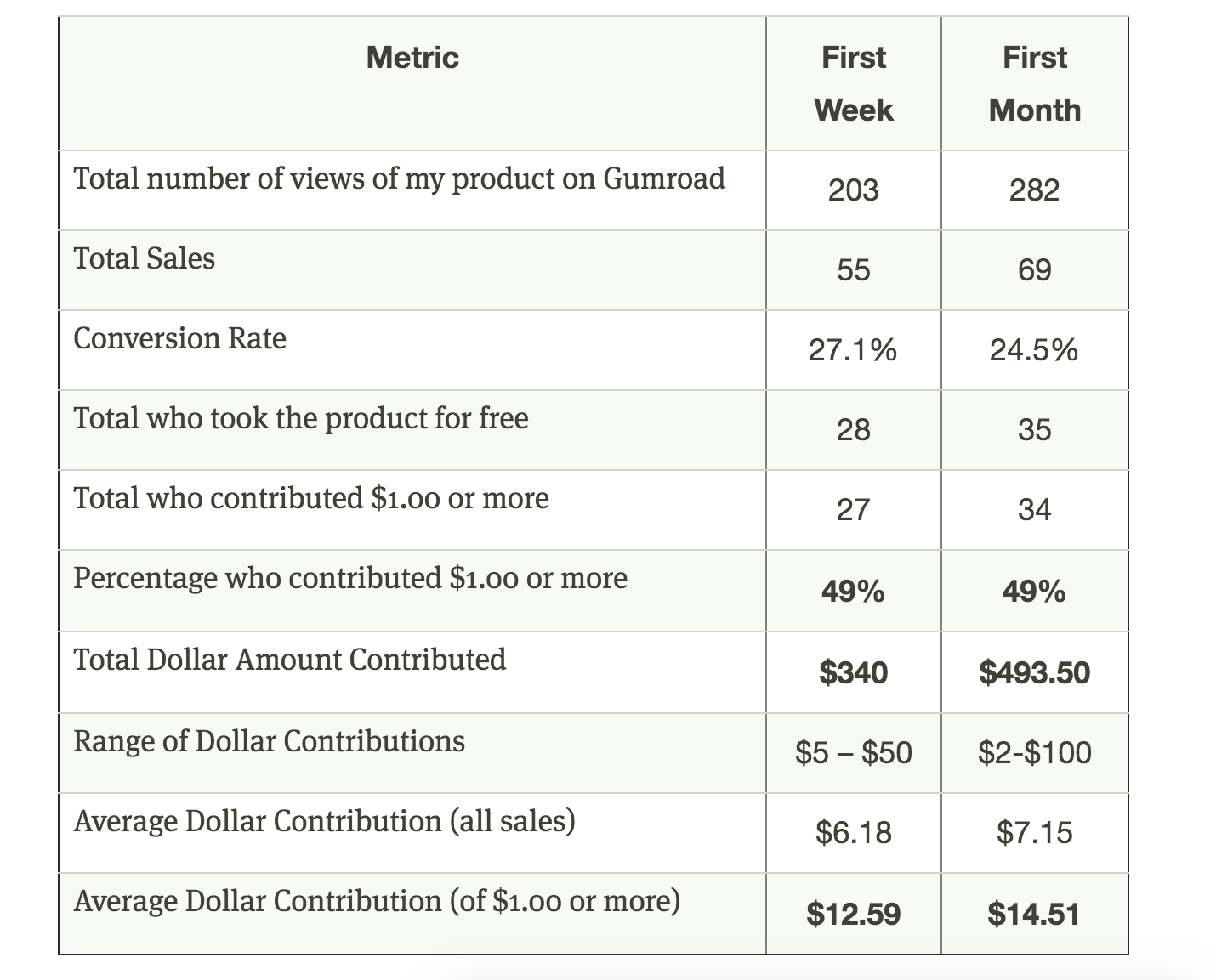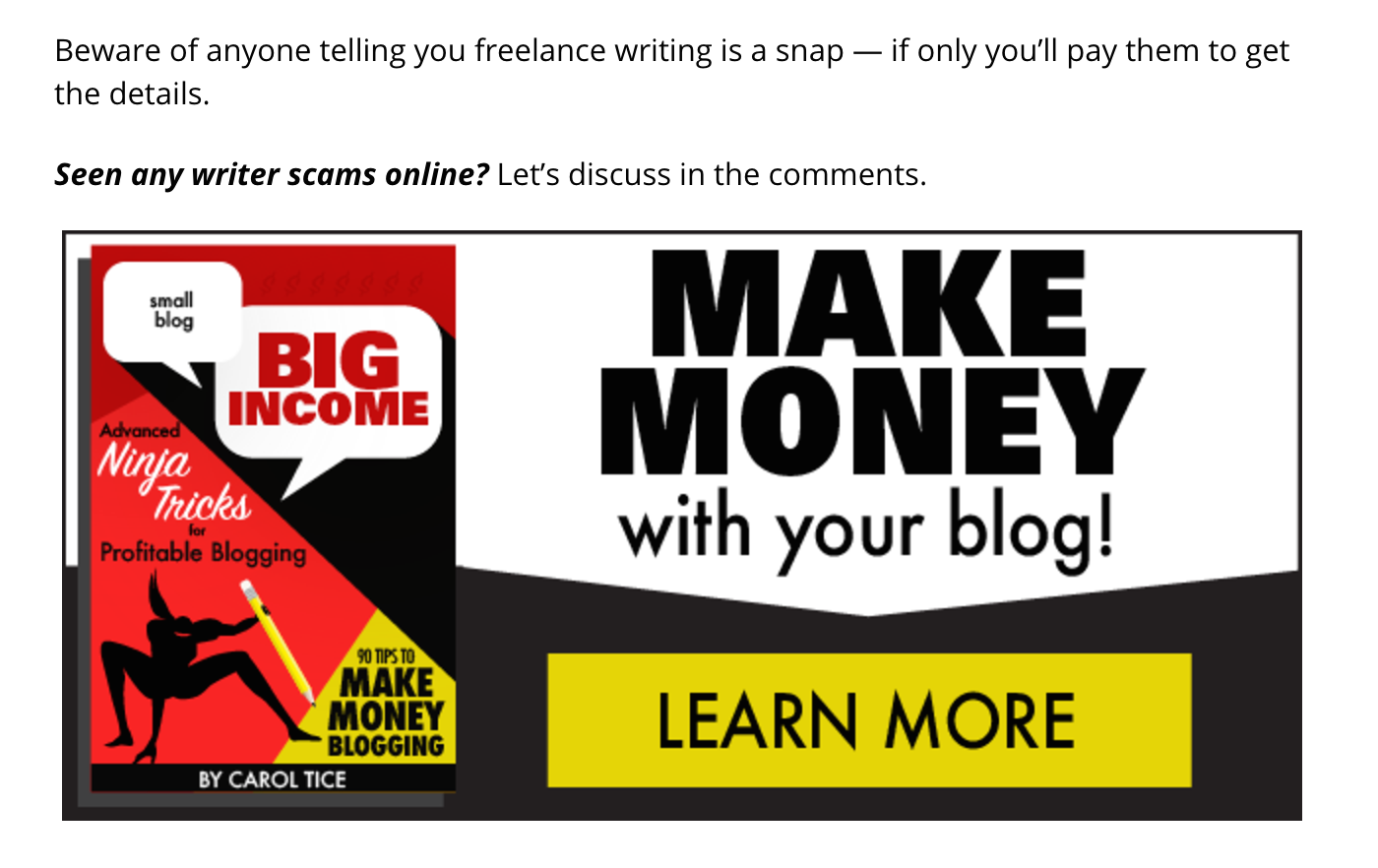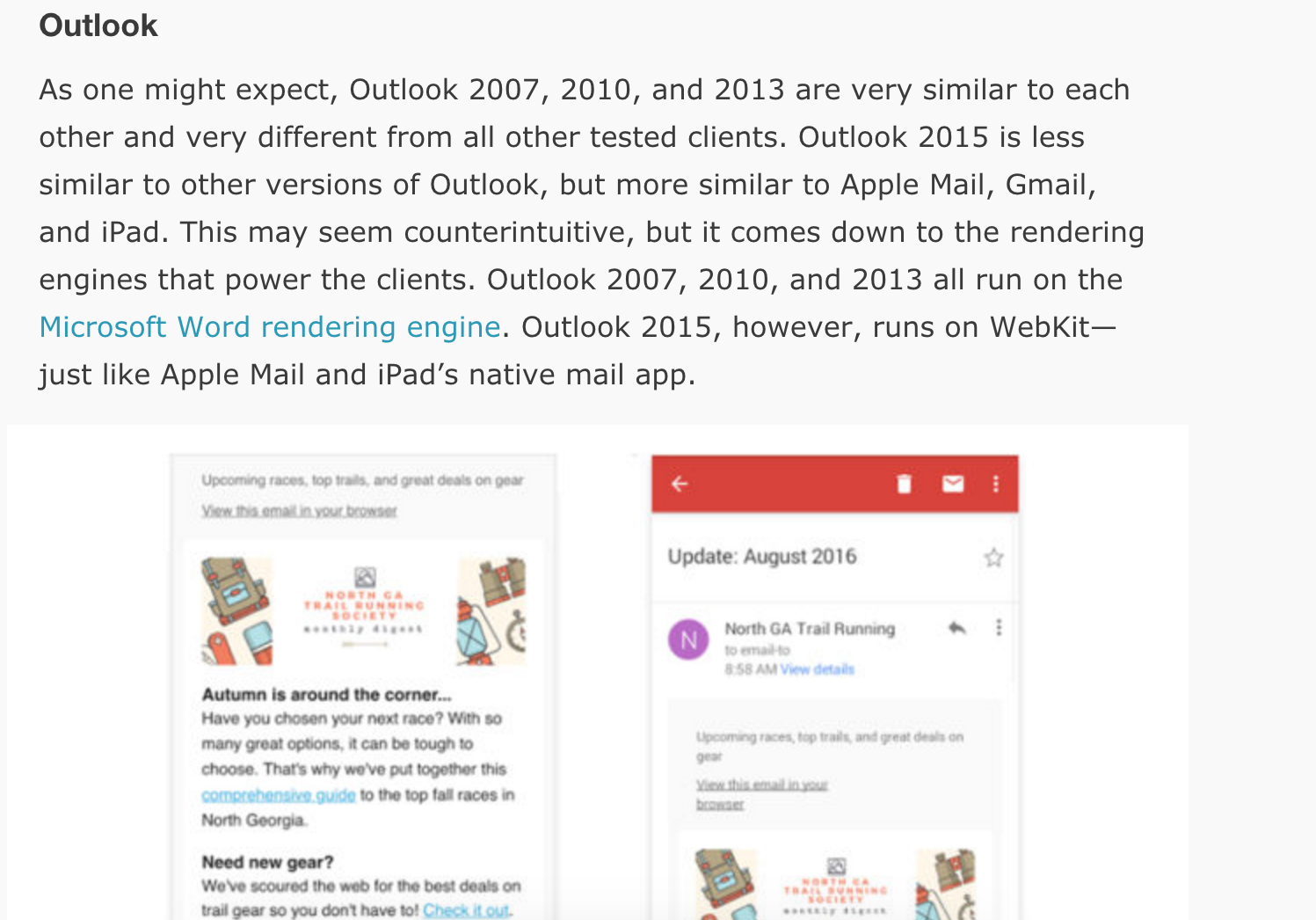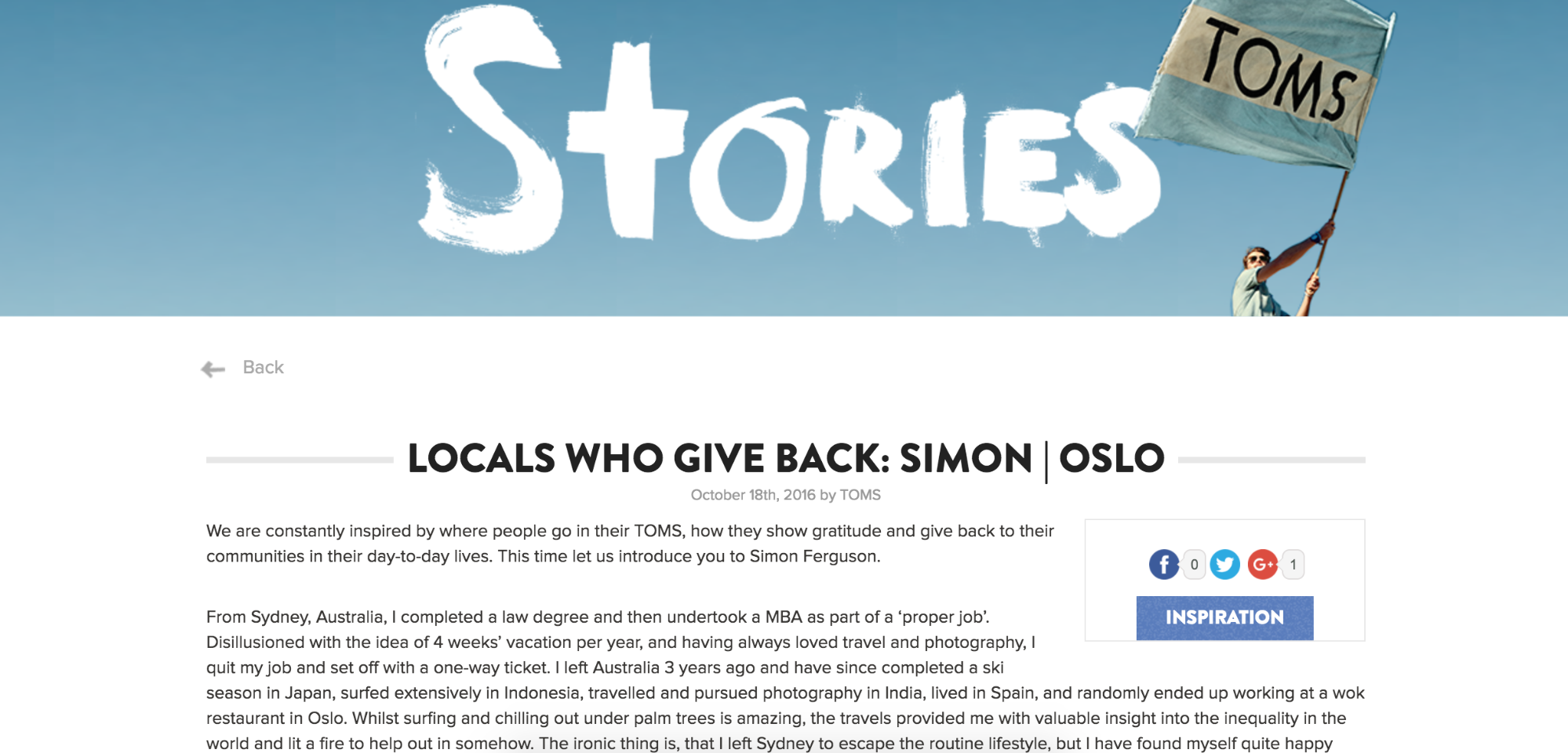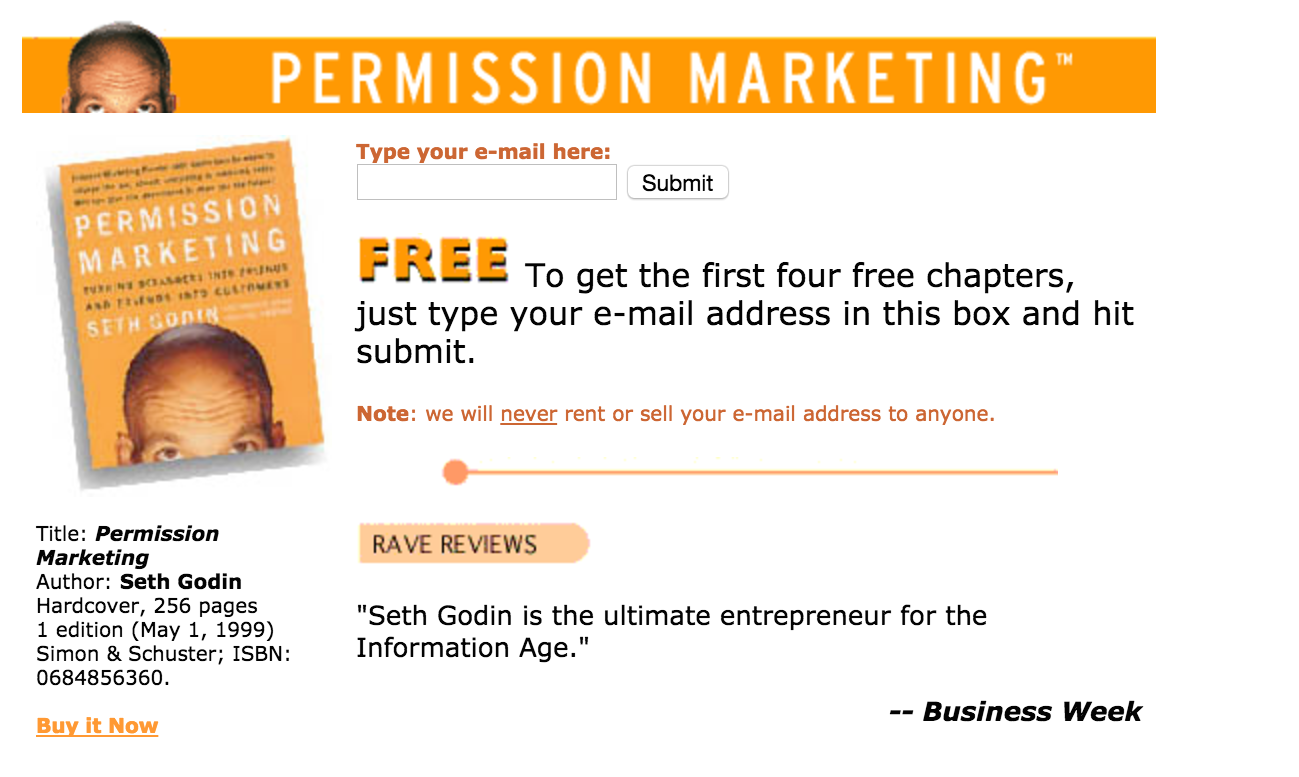I'll let you in on a little marketing secret.
In the grand scheme of things, building massive amounts of traffic doesn't really matter. What matters is converting that traffic.
Everyone talks about building traffic. That's fine, but it's not the end of the story. If you don't convert your traffic, building it is pointless.
Building traffic is like building a shopping mall. You can easily get people to come through the doors, but if you have only a few lackluster stores, none of those people will turn into customers. You have to give them a reason to stay.
I've seen tons of sites fail miserably because they didn't convert their traffic. A site can have the best idea in the world, but if it doesn't focus on conversion, it'll flop.
Funnily enough, that's what happened to me with my first website experience.
The first site I ever built was a job board called Advice Monkey. I spent over $5,000 to create it and hired three lousy marketing firms. In the end, I learned how to market it myself, but the site still failed because it wasn't set up to take payments.
Had I spent less time marketing and more time optimizing the site for conversions, the site would have done much better. Sure, I probably wouldn't have made millions, but I would've converted more of my traffic and made more than $0.
Take a lesson from me: don't worry much about getting people through the doors while forgetting to build the stores.
Here's how to take all that traffic you worked so hard to build and successfully convert it.
Getting the right mindset
I firmly believe that conversion is an attitude, not just an action. It takes focus and dedication. You have to internalize your goals until they're second nature.
I realize this sounds a little philosophical, but stay with me. You need to see conversion as more than just a bunch of numbers. Why? If you become obsessed with converting, you'll fail.
Here's an example. Say you're hyper-focused on converting. You include a few popups and some social buttons, and before long, your site looks like this:
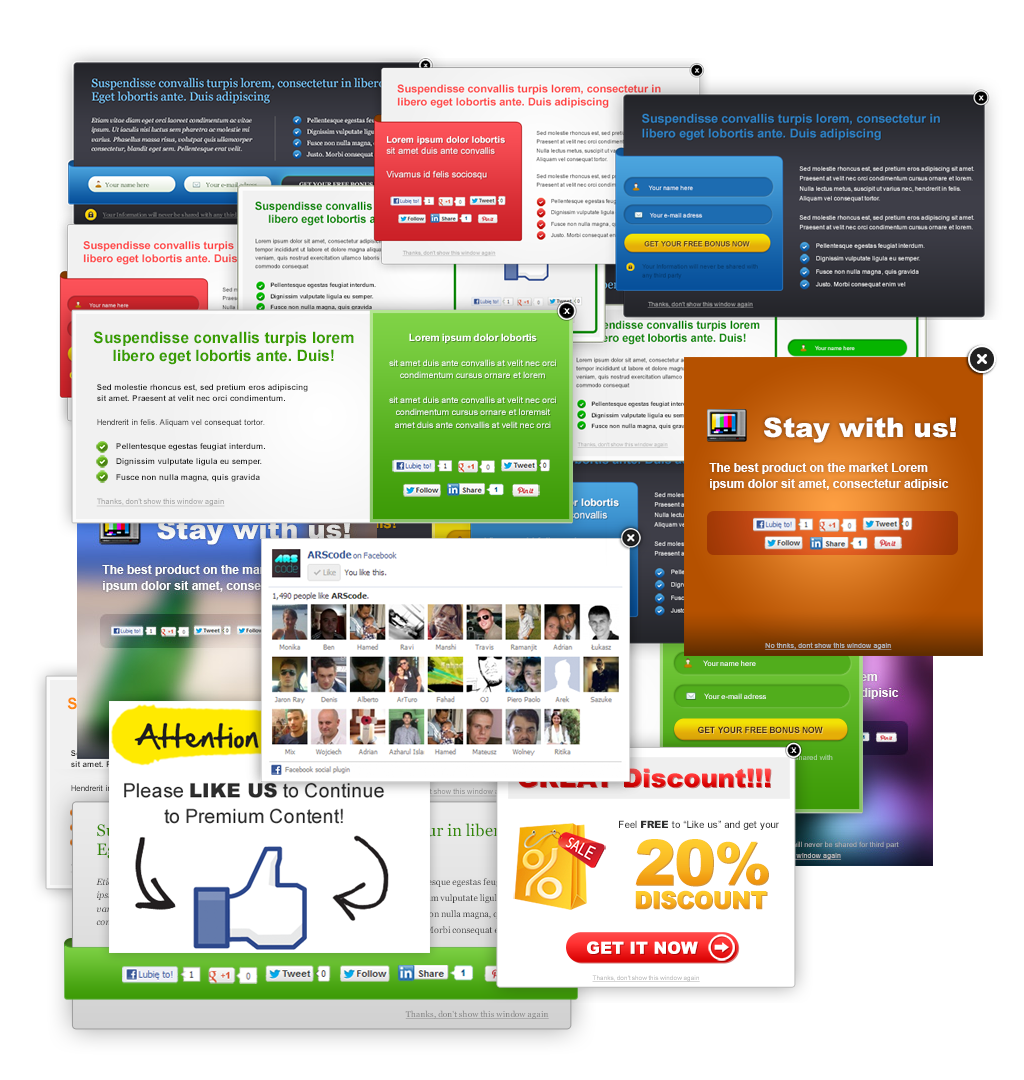
Okay, it's probably not that bad. But you get the idea.
It's easy to go overboard, and I get that. But as Social Triggers's Derek Halpern points out, going too far can actually become your conversion rate's worst enemy.
You should definitely focus on conversion, but don't get a death grip on it. Conversion is a long-term strategy, not a short-term win.
Now that you've understood the conversion mindset, let's take a look at how to convert all your traffic.
Publish the right content
If I had to pick a favorite form of marketing, it'd be content marketing.
Great content is wildly powerful. The converse is true too: horrible content is wildly destructive.
In fact, your blog can (and will) fail if you get the content wrong. If you create too much content, you'll fail. If you create content that's not relevant to your readers, you'll fail.
So it's imperative you get the content right.
First, you have to decide on the type of content you'll provide. There are many options to choose from: blog posts, webinars, and podcasts, to name a few.
How do you know which type of content is right for you? You have to know your audience. I know my readers are looking for thorough guides, and that's one of the many reasons I use blog posts.
On the other hand, there are people like Tim Ferriss who use podcasts as their medium of choice.
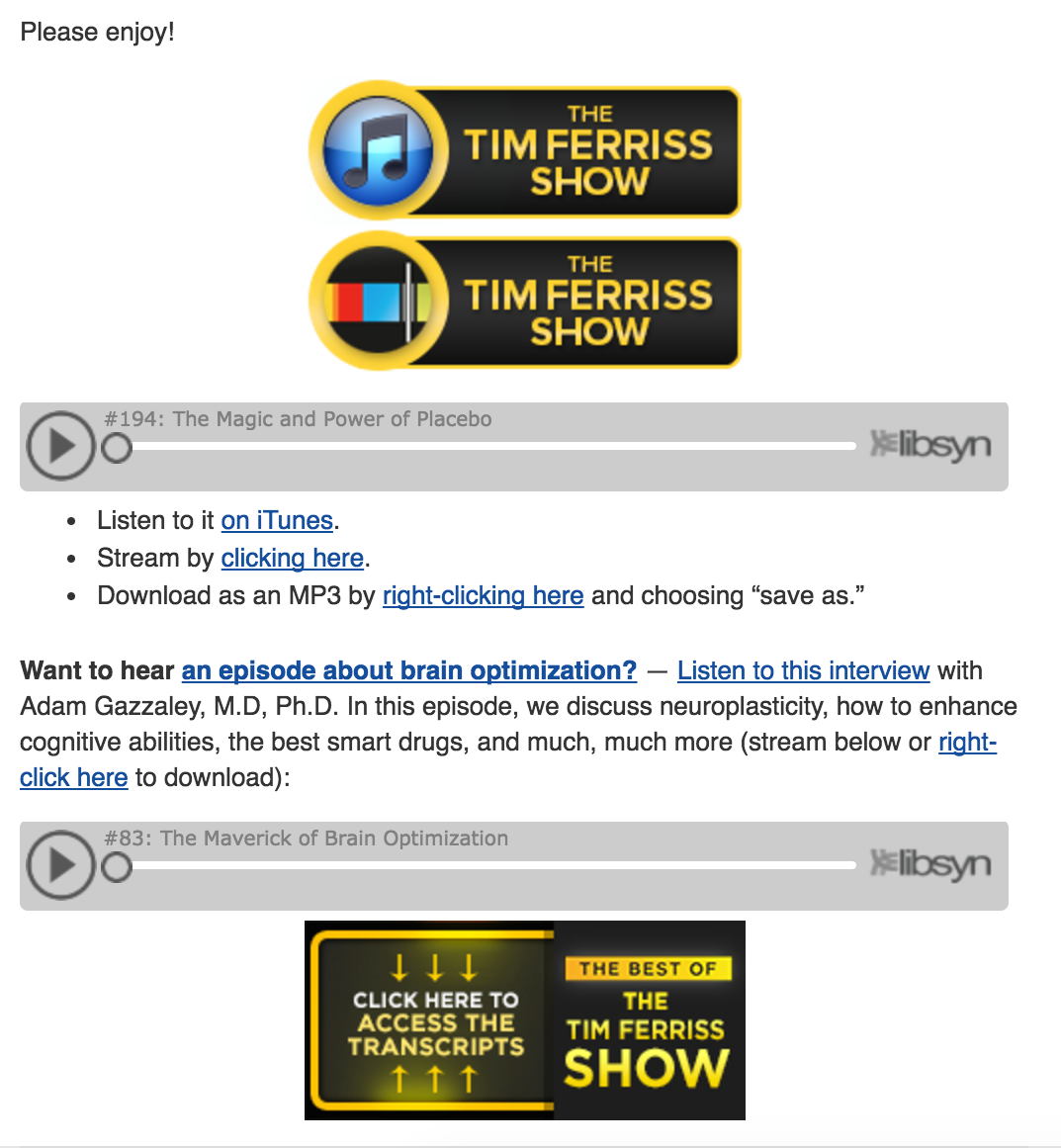
Tim knows his audience loves interviews with experts, and that's what he gives them.
The lesson: Study your audience until you know them as well as you know your friends. Find out what type of content they respond to the most.
You also have to get the length right. I've found that longform content works best. You might be surprised to know that 3000+ word blog posts get more traffic than shorter posts.
Make conversion easy (but not annoying)
If you want people to convert, you need to make that process easy. If your readers love your content but can't find an easy way to sign up for your list or buy your product, you'll lose out.
There are a few elements you have to get right if you want to boost your conversion rate:
1. Make an irresistible offer
First things first: If your offer itself doesn't amaze your readers, you'll get zero conversions.
To create an irresistible offer, you have to know what your readers want. Delve into your psychographics to find out what drives your audience and why they behave the way they do.
SumoMe's blog post called “The Definitive Guide to Content Upgrades” adds a sweet offer:
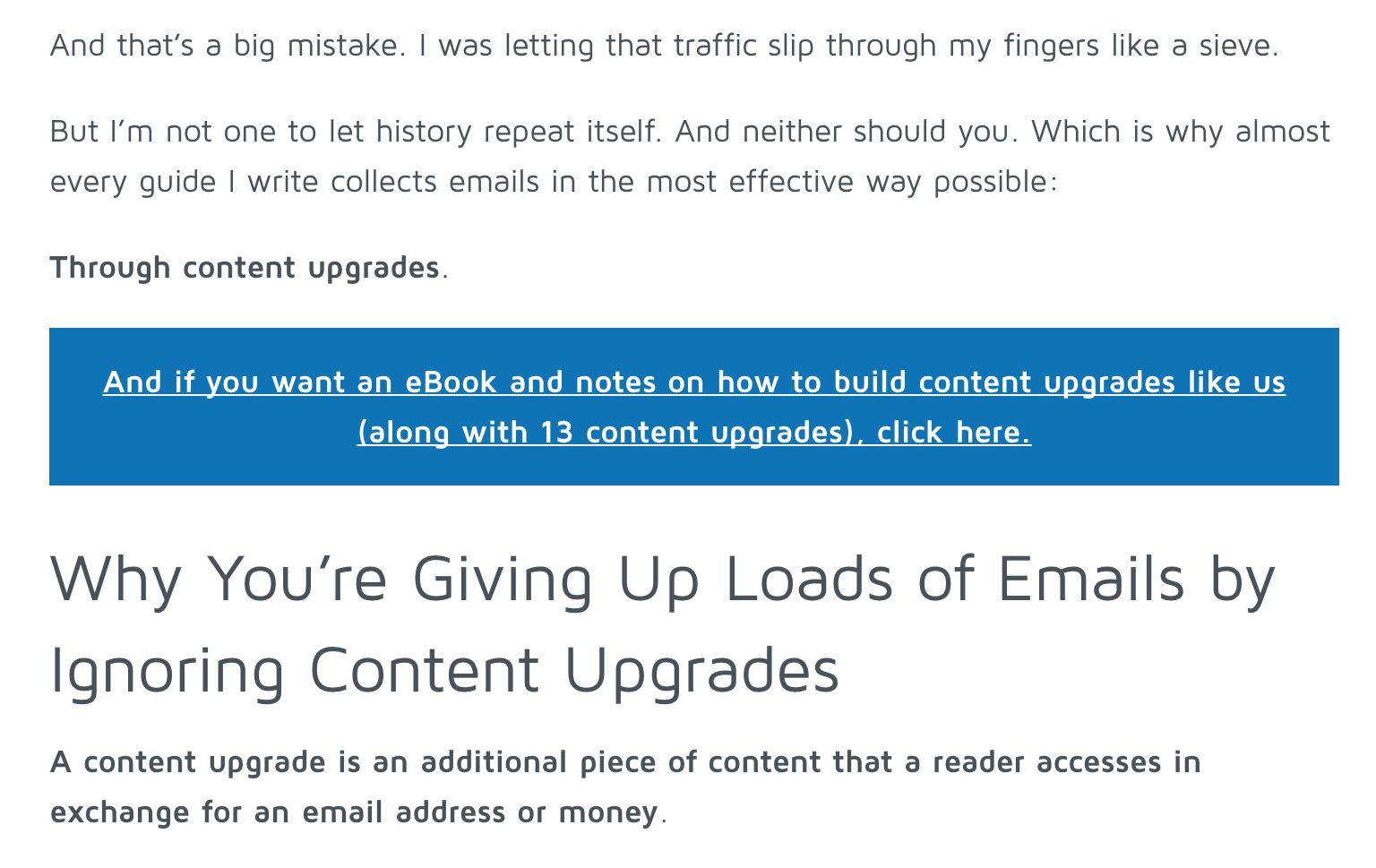
Everyone who's reading this post wants to learn more about content upgrades, so SumoMe offers a free e-book. It's specific, relevant, and valuable.
On the other hand, if your offer is not specific, relevant, or valuable, your readers will have no reason to take you up on it. Don't beat around the bush with general offers like a cheat sheet on being a better marketer. Your offer should be targeted specifically to your readers.
When you're working on creating an irresistible offer, make sure it's specific, relevant, and valuable. Your offers build the foundation on which you'll build your conversion.
2. CTAs (calls-to-action)
If your CTAs are boring, your conversion rate will be low.
One of the best ways to write a great CTA is to be specific. “Buy now” could refer to anything, but “download your free e-book” reminds the reader what they're getting.
Your CTA needs copy that's exciting. It should feel like you're inviting the reader on an adventure. It should not feel like you're selling something.
Optimizely uses a straightforward and effective CTA:
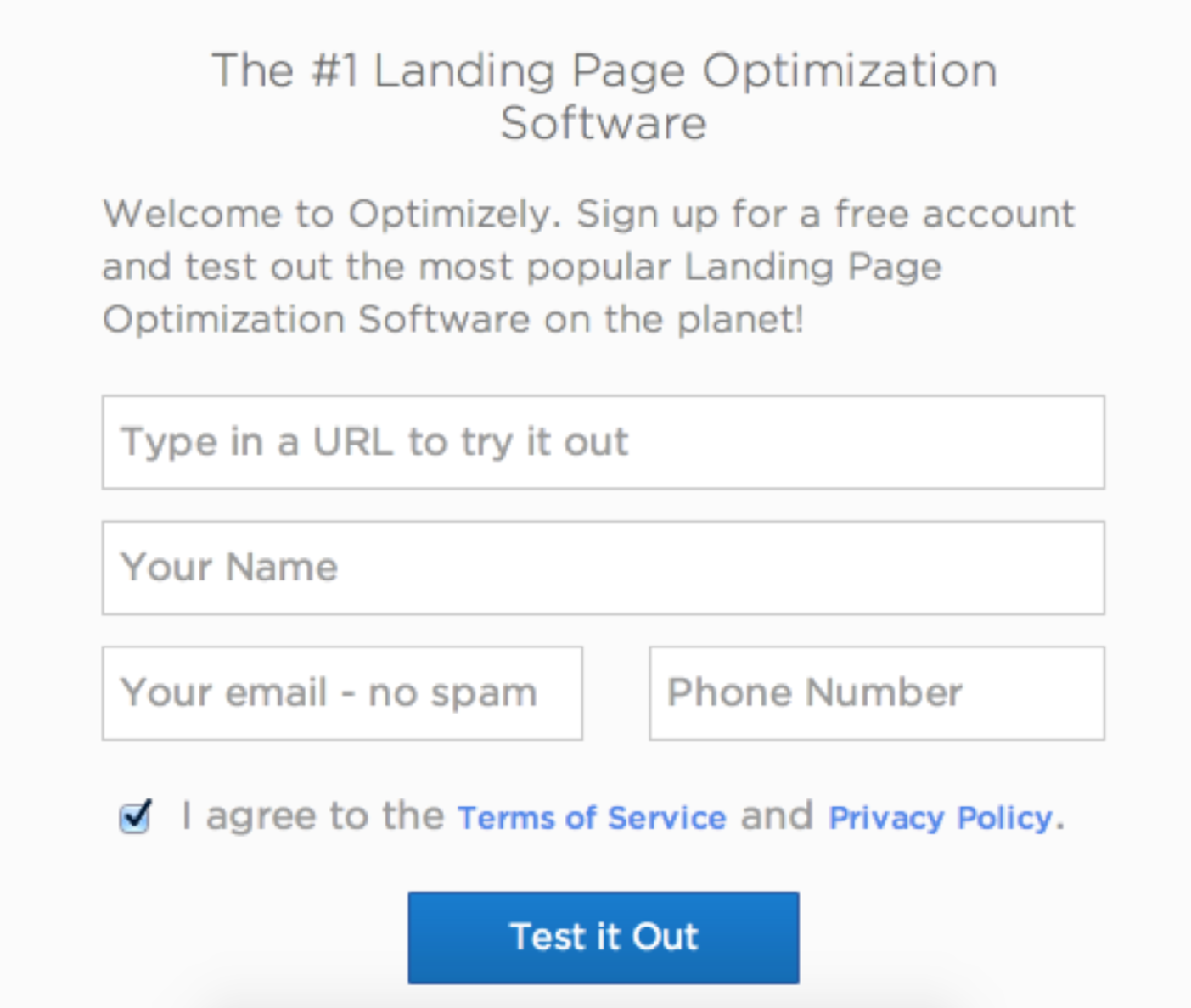
There's no hard sell here. It's an invitation to test out the software free. Plus, it's a breeze to fill out.
Design matters too. Your CTA needs to be highly visible so people can find it and click it. It's so simple, right? But many blogs get this wrong.
Brian Dean from Backlinko uses a yellow box for his CTAs:
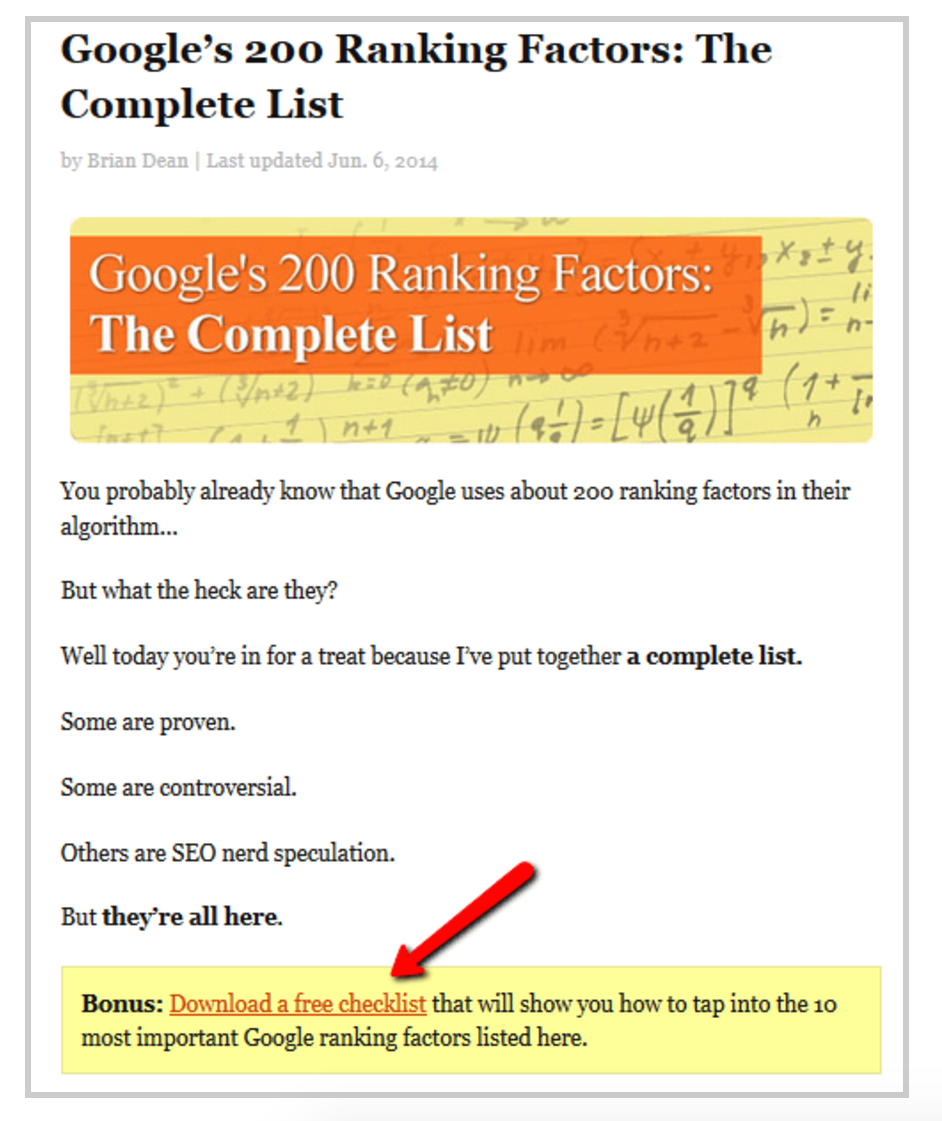
The yellow box works because your eye is naturally drawn to it. For Brian, that means higher conversion rates.
Find out what your yellow box is. Don't forget to A/B test to figure out what's working the best (and what you should ax).
Put in the time and effort to create an eye-catching CTA that engages your readers, and you'll be rewarded.
3. Popups
Quiz time: How are popups like Justin Beiber?
As Hunter Boyle of Aweber puts it,
You either love 'em, or hate 'em, but lately you see 'em everywhere-because they still pull in big crowds.
You might find popups annoying, but they work wonders. We successfully used popups on Kissmetrics to double our conversion rate.
Popups play a vital role in converting your traffic, but you shouldn't go overboard. By tastefully using popups, you can skyrocket your conversion rate.
First, you need to decide which type(s) of popups to use. The days of random popups are gone. Instead, opt for triggered popups.
Let's talk about two of my favorite types of popups:
- exit intent overlays
- scroll-triggered scrollboxes.
You're probably familiar with exit intent popups that appear when your mouse moves to close the tab. An exit intent overlay is a full-screen popup that appears when a user gets ready to leave the site.
Smartblogger uses an exit intent overlay with a cunning strategy:
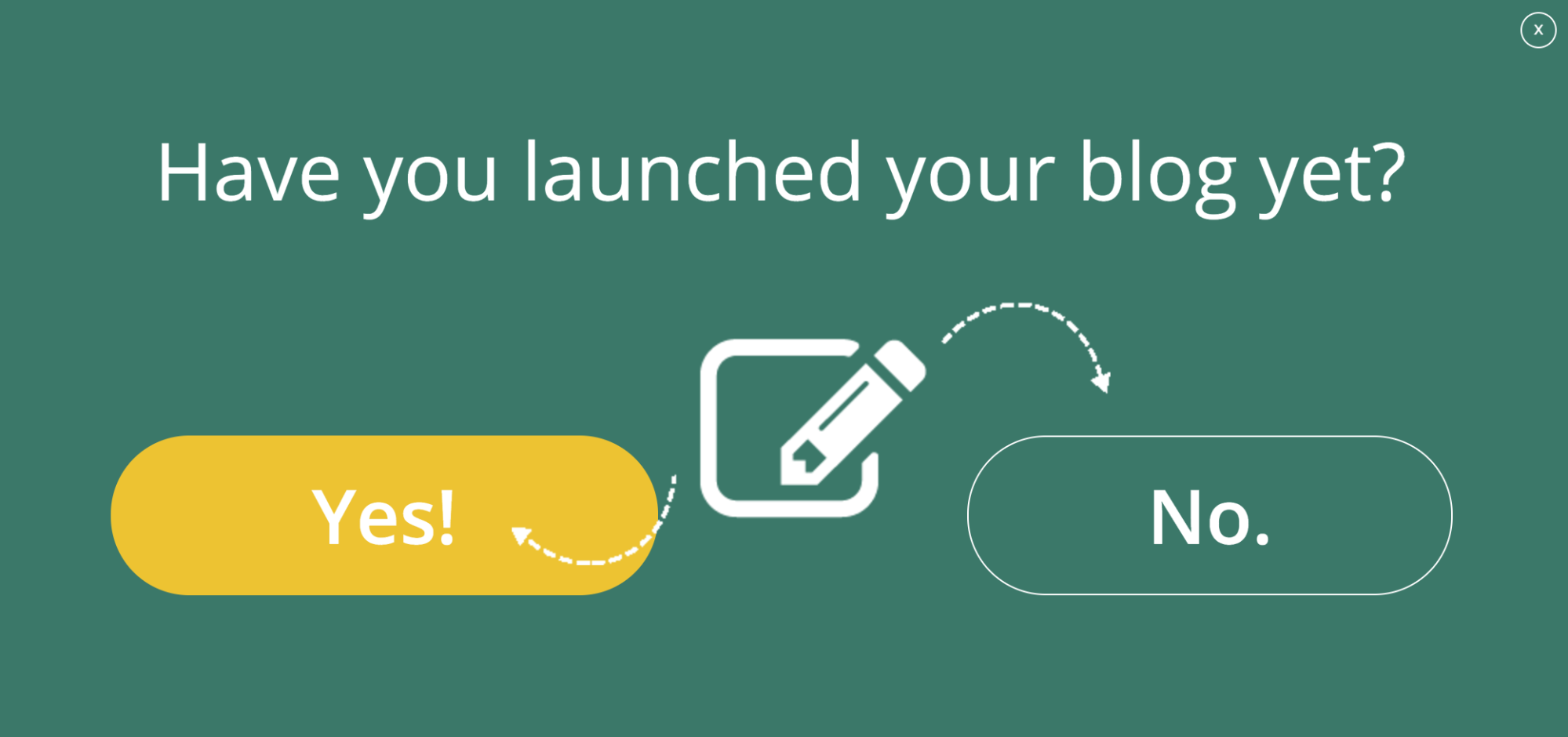
This popup immediately engages the reader. Instead of being presented with just one option, you get two. And one of them has to be applicable to you. At the very least, it raised your eyebrows, right?
And here's the best part: There are two different lead magnets for the two answers.
You don't have to copy this popup, but I hope it gets you thinking about using exit intent popups. They perform well, but you have to put the work in.
Next up is scroll-triggered scrollboxes. These are the little boxes that pop up on the lower right-hand side of the screen. Usually, these popups appear after you've scrolled down the page.
For example, when you scroll to the bottom of any Crazy Egg post (like this one), you'll see this:
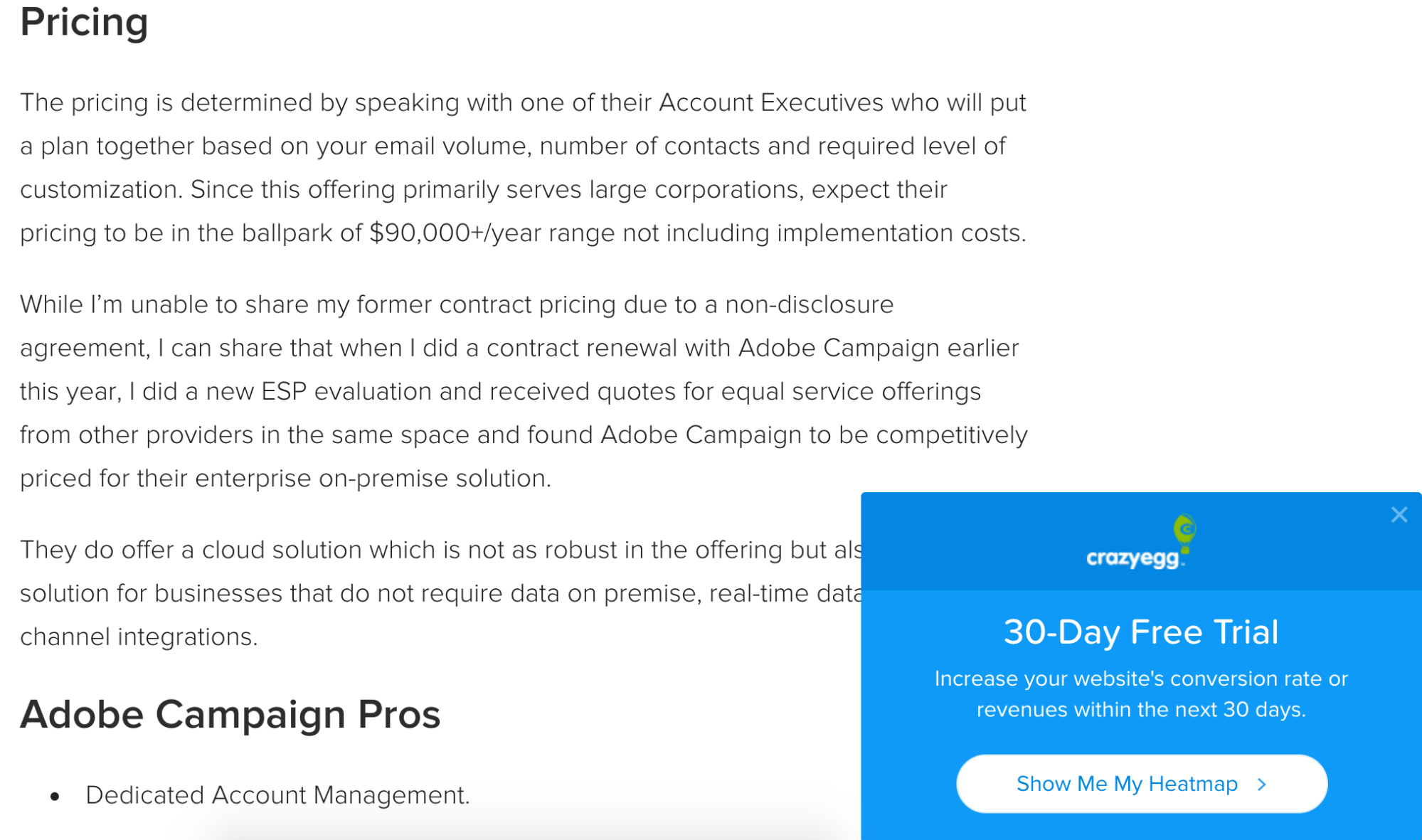
These are great because they're not intrusive. They take up a small amount of real estate, and they're far less annoying than random popups that cover up half the screen.
The most important takeaway here is that popups should not distract from the user experience of your site visitors. Don't cover up the content or make closing the popup difficult. Respect your readers.
Conclusion
You're probably drawing in plenty of traffic.
Remember, however: what matters most is what you're doing with that traffic.
Create an irresistible offer, and make it accessible to your visitors. People are willing to check out your offer, but it has to be worth their time. So, add as much value to your offer as possible.
I won't lie. Conversion optimization isn't a walk in the park. But it pays off.
And if you nail conversion, you'll have a bunch of satisfied customers in no time.
What are your biggest problems with converting traffic?
